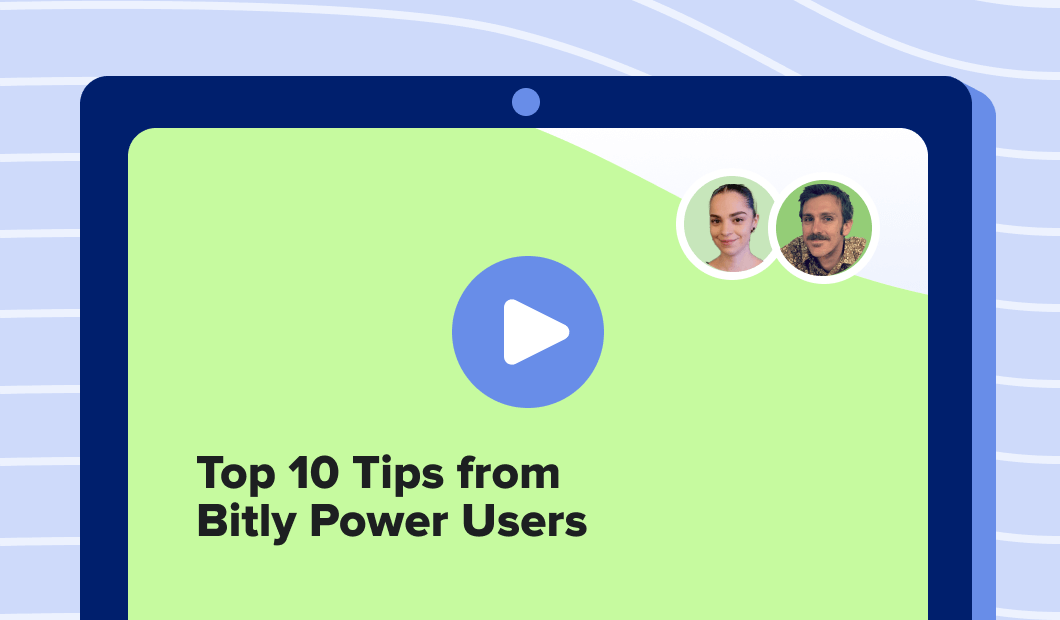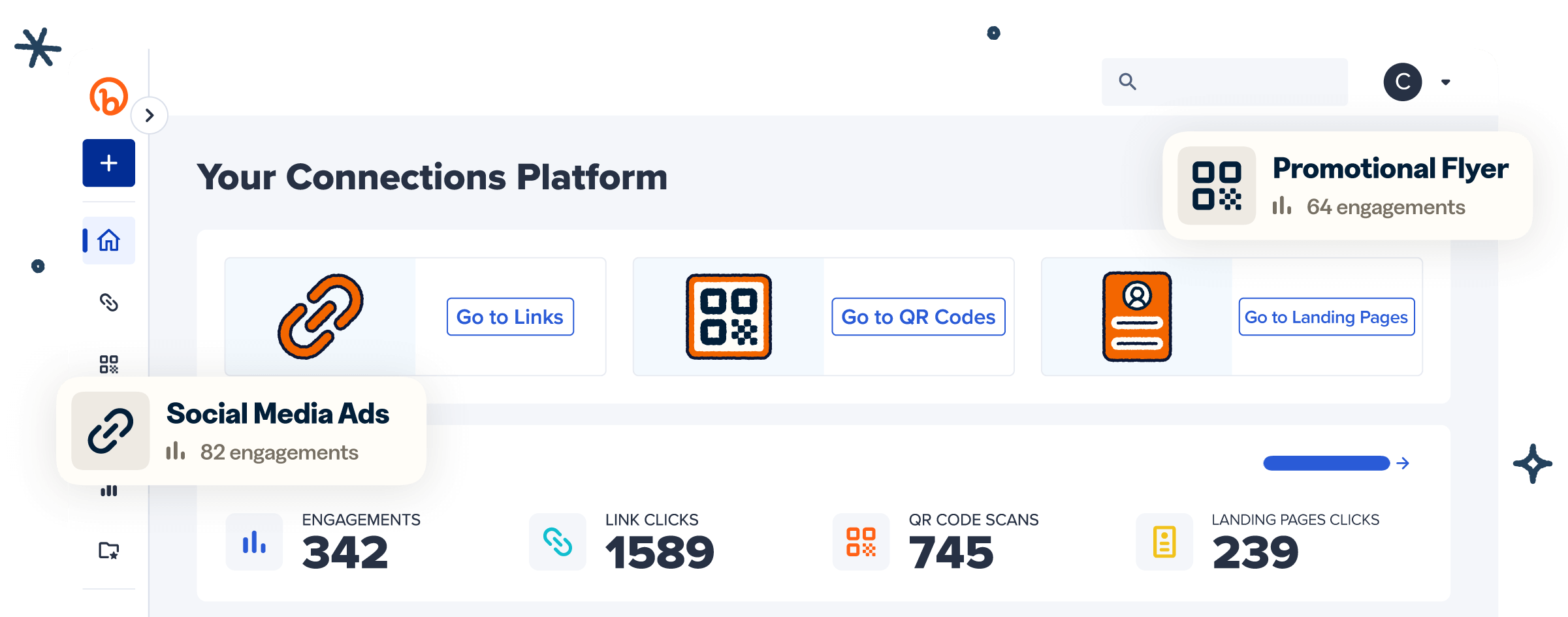VIDEO HUB
Top 10 Recommended Bitly Features from Power Users Webinar Recap

Explore how Wight Tea uses Bitly QR Codes to enhance the tea-drinking experience and connect directly with consumers.
Check out our tips on how to make and use QR Codes for small businesses.
Get the scoop on how QR Code payments work and how to implement them with ease.
Ensure accurate delivery confirmation with QR Codes for secure tracking.
Boost guest satisfaction with simple hotel experience upgrades.
Get tips on how to boost conversions with strong landing page value propositions.
Simplify wayfinding with QR Codes for instant maps and directions.
Learn how smart tech is reshaping modern hotels with convenience and efficiency.
Learn how to create SEO-friendly URLs for your website.
Explore service booking landing page templates that simplify service booking.
VIDEO HUB

Knowing how your clicks and scans are performing should be as easy as making them. Track, analyze, and optimize all your connections in one place.
